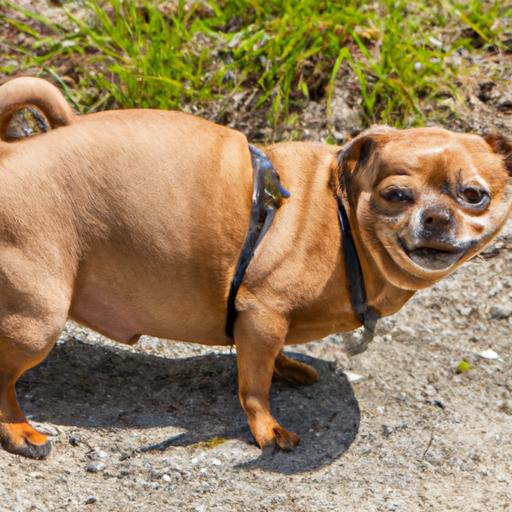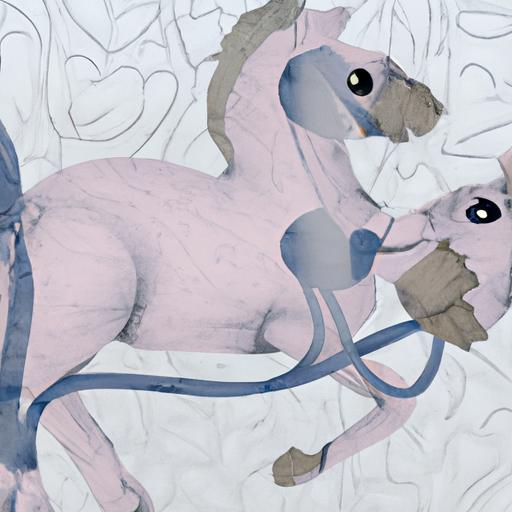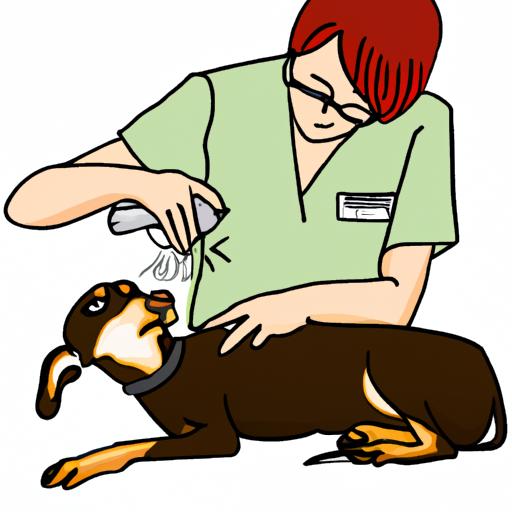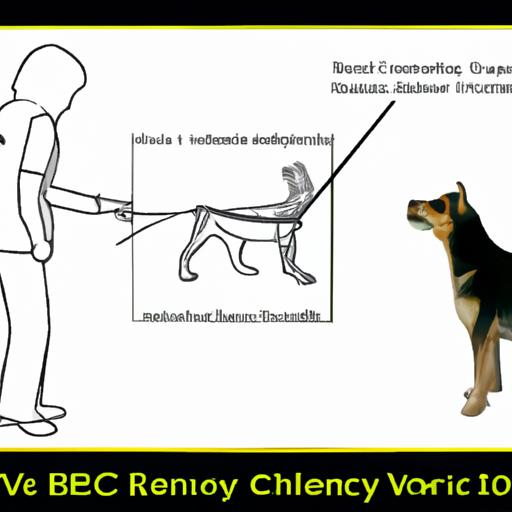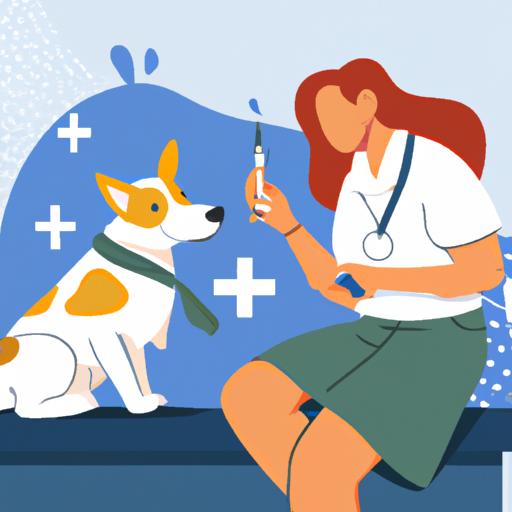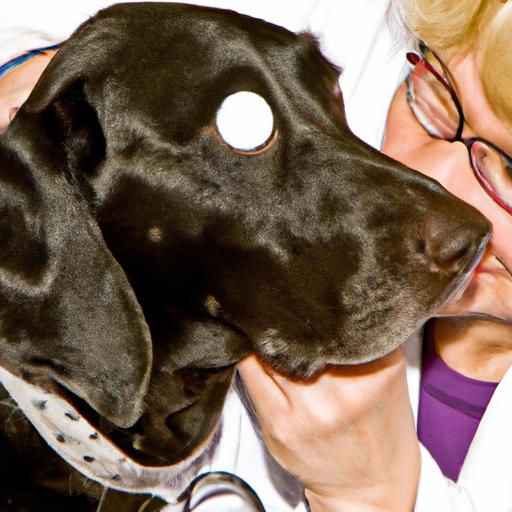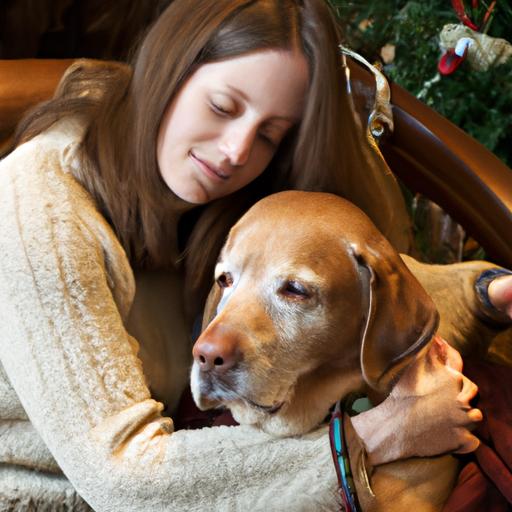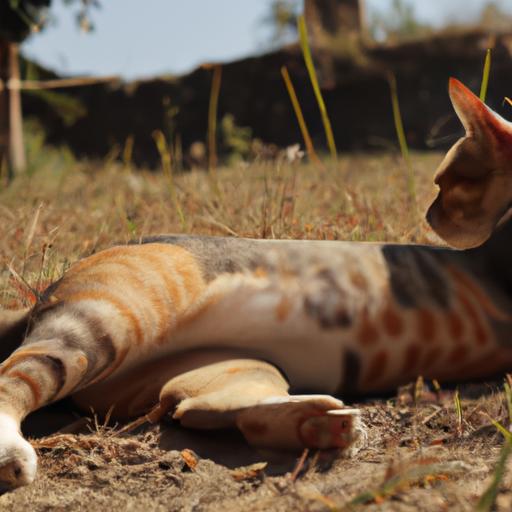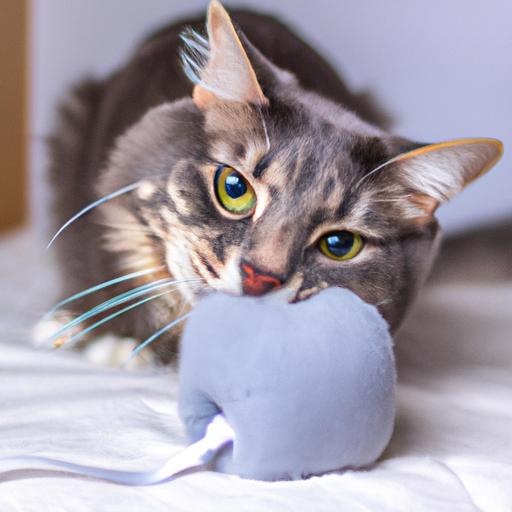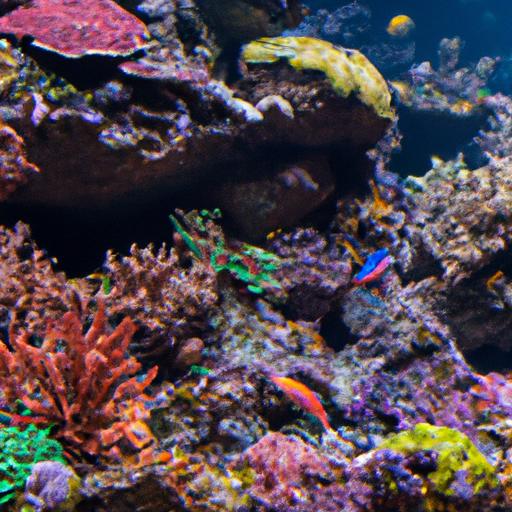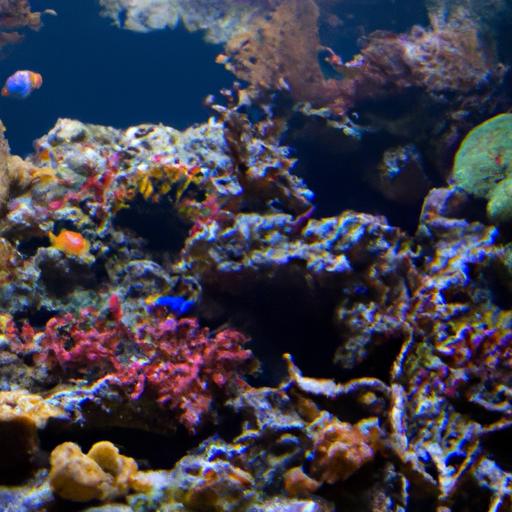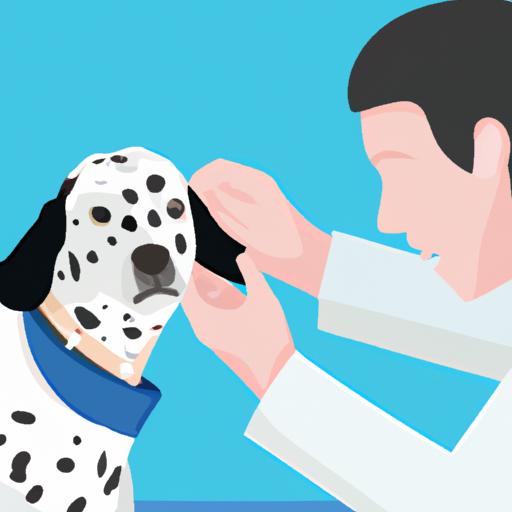
Diagnosing Canine Salivary Mucocele: Swelling Awareness
Learn how to diagnose canine salivary mucocele and raise swelling awareness in dogs. Discover the importance of early detection and treatment.
Introduction
When it comes to our furry companions, their health is of utmost importance. One condition that dog owners should be aware of is canine salivary mucocele. This article aims to shed light on the importance of diagnosing canine salivary mucocele, provide an overview of the condition, and explore the diagnostic process. By increasing awareness about this swelling condition, we can ensure early detection and appropriate treatment for our beloved pets.
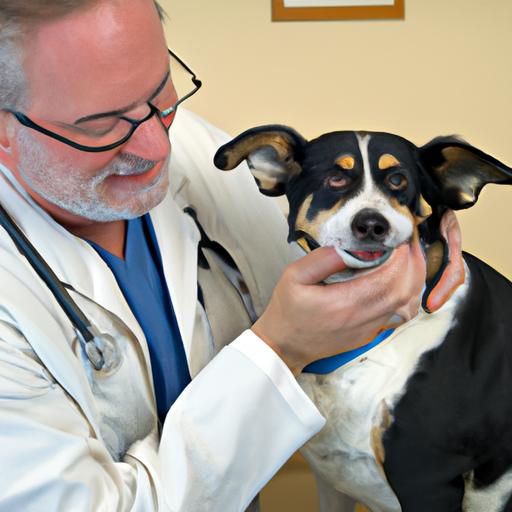
Diagnosing Canine Salivary Mucocele
Before diving into the diagnostic process, let’s understand what canine salivary mucocele is. This condition occurs when there is a blockage or rupture in the salivary gland, leading to the accumulation of saliva in the surrounding tissues. The swelling caused by the trapped saliva is known as a mucocele.
Understanding the Diagnostic Process
Diagnosing canine salivary mucocele typically involves a combination of physical examination, medical history assessment, and diagnostic imaging. As a responsible pet owner, it’s essential to be aware of the steps involved in the diagnostic process to ensure timely intervention.
Physical Examination and Medical History
During the physical examination, a veterinarian will carefully examine your dog’s neck and jaw area for any signs of swelling or discomfort. They will also inquire about your dog’s medical history, including any previous issues related to the salivary glands. This information helps the veterinarian in forming a comprehensive diagnostic plan.
Diagnostic Imaging Techniques
To get a clearer picture of the condition, diagnostic imaging techniques such as ultrasound and X-rays are commonly employed. Ultrasound allows veterinarians to visualize the salivary gland and surrounding structures in real-time, assessing the extent of the mucocele. X-rays, on the other hand, provide a detailed view of the affected area, helping to rule out other potential causes of swelling.
Aspiration and Analysis of the Mucocele Fluid
In some cases, the veterinarian may opt for aspiration of the mucocele fluid for further analysis. This procedure involves inserting a needle into the swollen area to extract a sample of the accumulated saliva. The fluid is then sent to a laboratory for examination, which can help confirm the diagnosis and guide the treatment plan.
FAQ (Frequently Asked Questions)
What are the risk factors for canine salivary mucocele?
While canine salivary mucocele can occur in any dog, certain factors may increase the risk. Breeds with long, pendulous lips, such as Bloodhounds and Basset Hounds, are more prone to developing mucoceles. Trauma to the salivary glands, such as biting or impact injuries, can also contribute to the formation of mucoceles.
Can mucoceles be treated without surgery?
In some cases, smaller mucoceles may resolve on their own without the need for surgery. However, it is crucial to consult with a veterinarian to determine the best course of action. Larger or persistent mucoceles often require surgical intervention to remove the affected salivary gland or repair the damage.
Are certain dog breeds more prone to developing mucoceles?
Yes, certain breeds with loose or floppy lips are more susceptible to developing mucoceles. Apart from Bloodhounds and Basset Hounds, breeds like Cocker Spaniels, Boxers, and Bulldogs are also known to be at a higher risk. However, mucoceles can occur in any dog, regardless of breed.
Can mucoceles be prevented?
While it may not be possible to completely prevent canine salivary mucocele, there are steps you can take to minimize the risk. Regularly inspect your dog’s mouth and neck area, and promptly seek veterinary attention if you notice any abnormalities. Additionally, avoiding rough play or situations that may lead to trauma can help reduce the chances of mucocele formation.
Conclusion
Early detection and diagnosis of canine salivary mucocele are crucial for ensuring the well-being of our furry friends. By being aware of the symptoms and understanding the diagnostic process, we can take prompt action and provide the necessary care. Remember, if you notice any swelling or discomfort in your dog’s neck or jaw area, it’s essential to consult a veterinarian. Together, we can ensure our canine companions live a healthy and happy life, free from the discomfort of mucoceles.
Now that you’re equipped with the knowledge to recognize canine salivary mucocele symptoms, take proactive steps to protect your furry friend. Stay vigilant and prioritize regular check-ups with your trusted veterinarian. By doing so, you’ll be providing the best possible care for your beloved pet.

